Faces Fifth Avenue
Orbitofacial plastic surgery practice, utilizing non surgical cosmetic procedures & surgical treatments.
Orbitofacial plastic surgery practice, utilizing non surgical cosmetic procedures & surgical treatments.
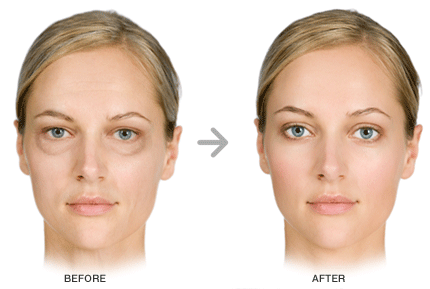
A common concern among patients is the appearance of bags under the eyes that make them appear tired, drawn and older than they wish. Lower eyelid bags occur in different people for different reasons; genetics, bone structure, loss of facial volume with aging, gravity, allergies and protrusion of the fat within the eye socket are just a few of the causes. Depending upon the severity of the bags, there are many non-surgical options that may help reduce the appearance of the excess tissue.
Learn More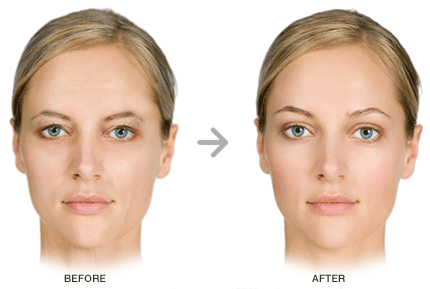
One of the primary concerns that patients often desire to improve, is the drooping of the upper eye area. This droop is often a result of the loss of skin elasticity and its diminished ability to “snap back” over time. In addition, there may be excessive fat pockets present, resulting in a “heavy” appearance of the upper lids. For patients with a larger amount of excess skin and tissue, an upper eyelid blepharoplasty (also known as an eye lift) may be an appropriate solution. A blepharoplasty is an outpatient surgical procedure...
Learn More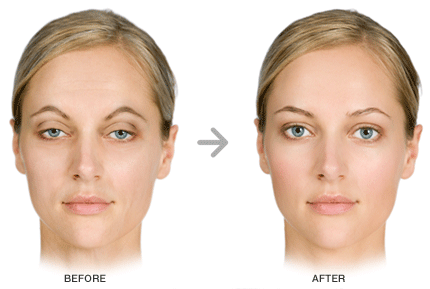
Ptosis is simply the medical term for “drooping” Many body parts can suffer from ptosis, but ptosis of the upper eyelids is particularly detrimental to aesthetics and can cause you to appear much older than your true age. Furthermore, upper eyelid ptosis often makes a person look fatigued or inattentive. Upper eyelid ptosis may also become more than a cosmetic issue by interfering with vision...
Learn More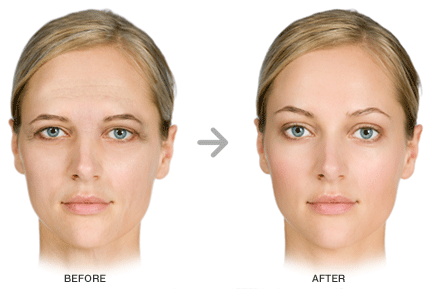
Often a heavy and droopy brow area can cause hooding of the upper eyelids resulting in a sad or tired appearance. Depending upon the severity of the droop, there are effective non-surgical and surgical techniques that may help to restore the brows and forehead to a more youthful position offering a brighter and refreshed eye and forehead area. Non-surgical Treatments for Droopy Brows are , botulinum toxins such as Botox® Cosmetic or Dysport®...
Learn More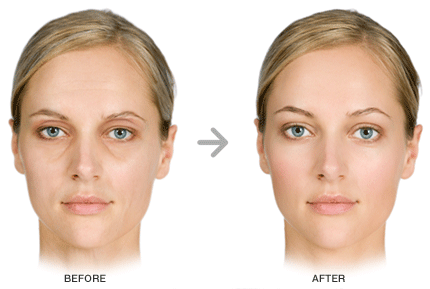
Hollow Eyes/Dark Circles (also referred to as tired or sunken eyes). Many people complain that their lower eye area is hollow or they have dark circles under their eyes, thus making them look tired and older than they feel. This is a common concern that often presents in combination with other challenges around the eyes. There could be several issues at hand in this situation that warrants a consultation with a physician for treatment options. In some patients, the positioning of the brow bone may cast a shadow under the eyes.
Learn More
While Botox and Dysport are effective choices to relax muscles and soften lines and wrinkles caused by muscle movements, dermal fillers offer complimentary effects in deeper lines and/or to help reshape and contour the face. Depending upon the needs of the patient, there are several choices in dermal fillers. Hyaluronic acid (HA) is a naturally occurring and abundant substance in our skin that draws in water to help hydrate the skin.
Learn More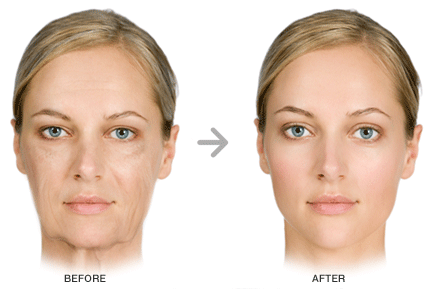
Often as people get older the cheeks, eyelids, lower face and neck begin to sag and lose volume. Loss of volume in the cheek area causes the folds / lines seen around the nose to the corner of the mouth (called the nasolabial folds) to deepen and as everything sags down so does the lower eyelids, jowls and neck. One non-surgical technique though very dependant on the skin laxity is Thermage. During a Thermage® procedure, radiofrequency heat penetrates deep into the skin to create tiny wounds.
Learn More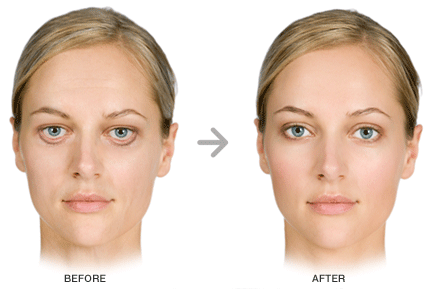
Ectropion the outward turning, or eversion of the eyelids can result in blurriness, dryness, tearing or irritation to the eye.
Learn More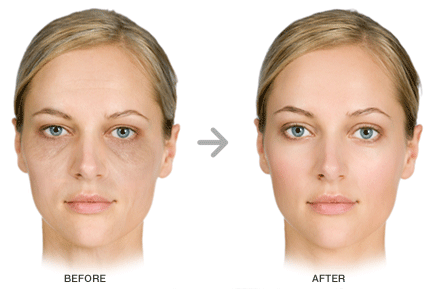
Often known as Ectropion. This is a condition where the lower eyelid turns outwards. Many patients complain of dryness, discomfort, redness and excessive tearing often with the tears streaming down the face. It can be caused by tissue laxity which occurs as we advance in years or it could be due to more mechanical restrictions, such as a previous eyelid surgery or facial nerve palsies. There are several surgical procedures available to treat this condition and restore normal appearance and function to the eyelids.
Learn More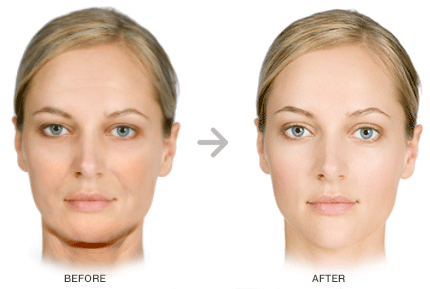
Often as people get older the cheeks, eyelids, lower face and neck begin to sag and lose volume. Loss of volume in the cheek area causes the folds / lines seen around the nose to the corner of the mouth (called the nasolabial folds) to deepen and as everything sags down so does the lower eyelids, jawls and neck. One non-surgical technique though very dependant on the skin laxity is Thermage. During a Thermage® procedure, radiofrequency heat penetrates deep into the skin to create tiny wounds.
Learn More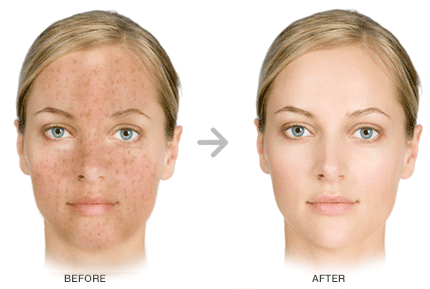
Over the course of many years, unprotected exposure to sunlight can alter the appearance and consistency of the skin. Furthermore, it may lead to malignancies in the skin that may go undetected for many years. After careful evaluation, it is generally possible to reverse many of the cosmetic effects produced on the skin with a combination of topical treatments as well as interventions using chemical peels, Intense Photo Light (IPL) and/or various lasers.
Learn More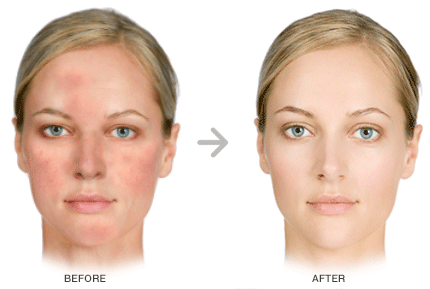
Rosacea is a common facial inflammatory condition affecting an estimated 14 million people. The condition is characterized by patches of redness and sometimes pustules, visible vessels and papules on the face. While the cause is not well understood, a number of treatments are available including oral and topical therapy as well as the application of lasers and intense photolight (IPL). If you suffer from this condition, a careful evaluation can provide you with excellent andlong-lasting solutions.
Learn More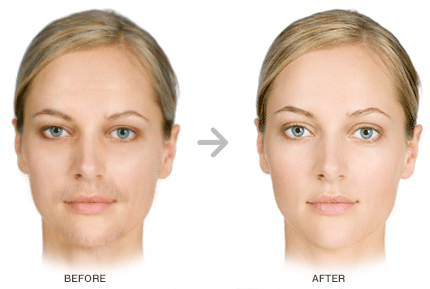
Excess hair in undesirable places can be caused by a variety of conditions or simple heredity. In most cases, this condition can be managed by the use of advanced technology such as Palomar's IPL (Intense photo light) system. In most cases, the area of concern can be treated in several office sessions. The results are generally long-lasting and largely superior to home remedies or technologies used by many med spas.
Learn More
Eyelid malignancies account for approximately 10% of all skin cancers. Although they are seldom fatal, they can lead to significant tissue damage and may spread to other orbital and facial structures. Eyelid cancers are most prevalent in light-skinned individuals who have experienced significant sun exposure over time, and they also occur most frequently on the lower eyelid. Basal cell carcinomas account for approximately 90% of all eyelid cancer cases...
Learn More
Facial Nerve Palsy, also known as seventh cranial nerve palsy, mononeuropathy VII, facial nerve paralysis or facial neuropathy, occurs when the seventh cranial (facial) nerve, responsible for controlling muscle movements of the face, is damaged. Damage to the seventh cranial nerve may also affect the sense of taste and feeling within the ear canal. A common form of facial nerve palsy is Bell's palsy which can lead to temporary or permanent paralysis of usually one side of the face.
Learn More
Ptosis is simply the medical term for “drooping” Many body parts can suffer from ptosis, but ptosis of the upper eyelids is particularly detrimental to aesthetics and can cause you to appear much older than your true age. Furthermore, upper eyelid ptosis often makes a person look fatigued or inattentive. Upper eyelid ptosis may also become more than a cosmetic issue by interfering with vision...
Learn More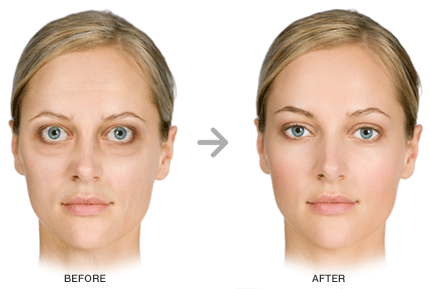
A condition known as proptosis it is often associated with Thyroid Eye Disease (TED), also known as, Thyroid Related Ophthalmopathy, Graves' Ophthalmopathy or Graves' Orbitopathy it is an autoimmune disorder that occurs in people with thyroid dysfunction. Several of the symptoms associated with Thyroid Eye Disease are bulging eyes (proptosis) and or eyelid retraction, abnormal blinking, dry eyes, double vision (diplopia) or vision impairment and inflammation of the orbit and its surrounding tissues..
Learn More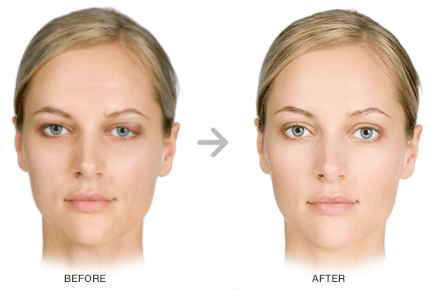
A chalazion is a swollen bump on the eyelid. It happens when the eyelid’s oil gland clogs up. It may start as an internal hordeolum or stye. At first, you might not know you have a chalazion as there is little or no pain. But as it grows, your eyelid may get red, swollen, and sometimes tender to touch. If the chalazion gets large, it can press on your eye and cause blurry vision. A chalazion is not usually painful. It is a bump that usually develops farther back on the eyelid than a stye. It is caused by a clogged oil gland. Rarely does it make the entire eyelid swell.
Learn More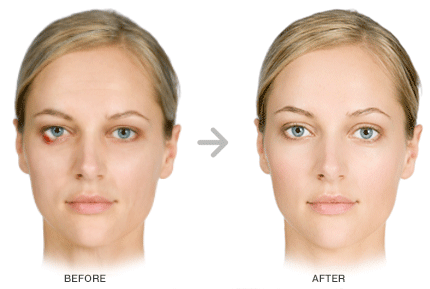
Coming Soon...
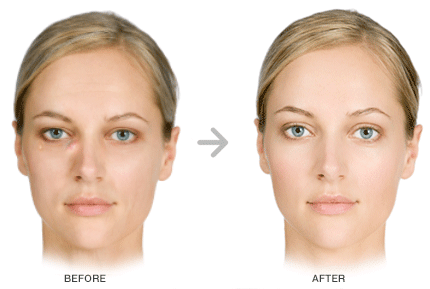
Coming Soon...